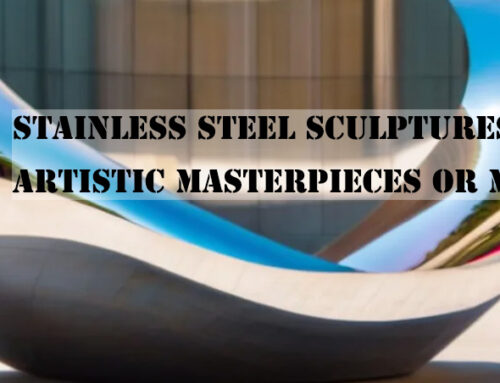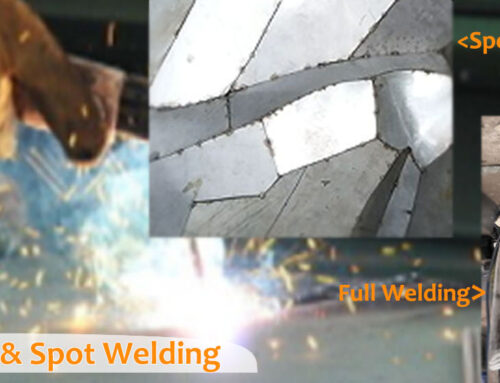Aongking sculptures used are from professional stainless steel manufacturers. There are exit inspection reports. Aongking primarily introduces the use point of concern of standard stainless steel in sculptures from the following 2 aspects: the specifications of good stainless steel material sheets and the thickness of stainless steel sheets.
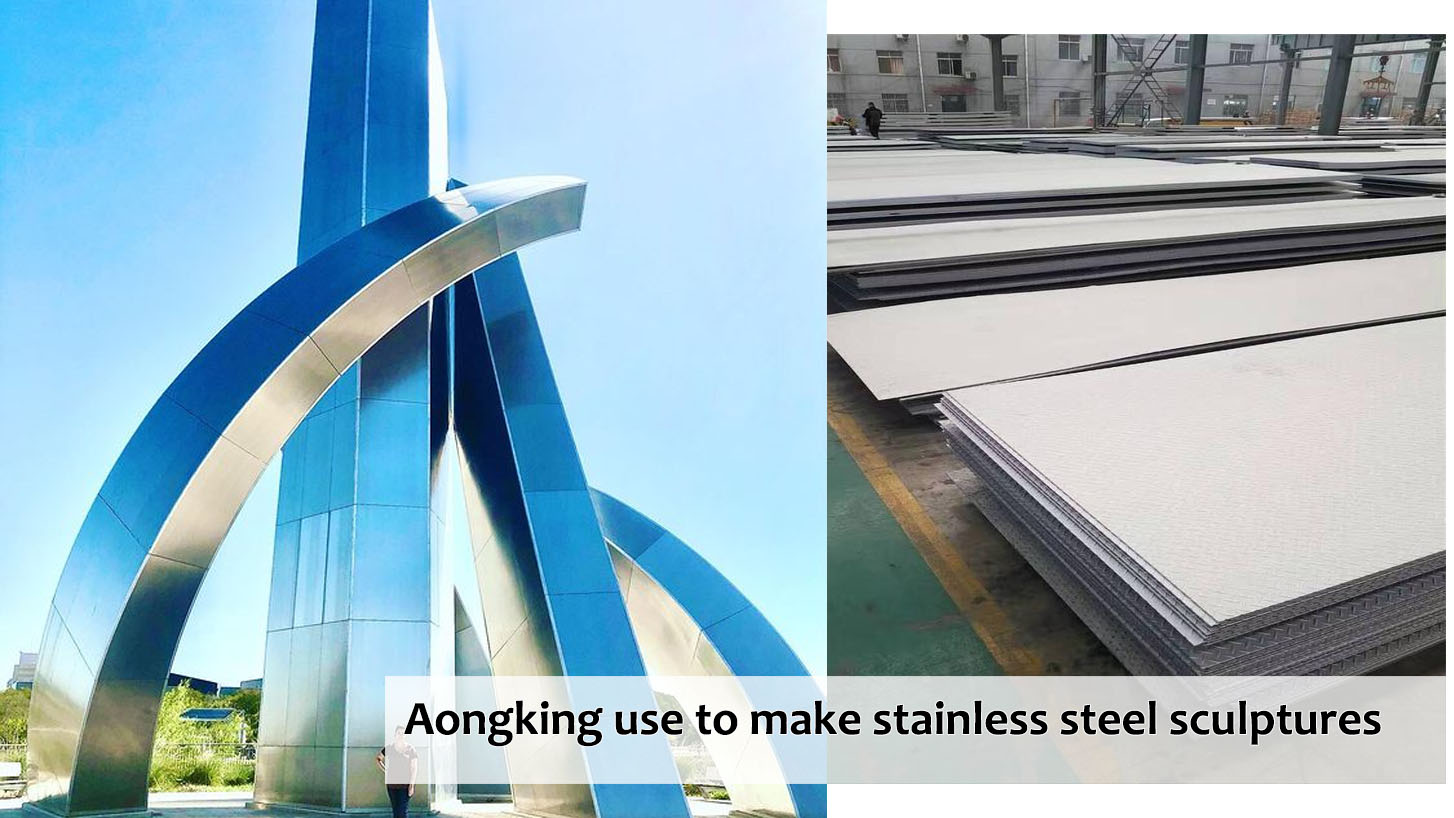
Standard stainless steel is a corrosion-resistant, high-temperature-strength, and oxidation-resistant metal alloy material. It typically contains iron, chromium, nickel, and other elements, has a lustrous appearance, and is easy to clean and maintain. Stainless steel is widely used in various applications, including kitchen utensils, construction materials, medical devices, chemical equipment, automotive components, and more. It is called “stainless” because it maintains its surface’s brightness and integrity in humid, corrosive, and high-temperature environments, making it resistant to rust and corrosion. Good stainless steel materials come in various alloy types and grades to meet the specific requirements of different applications, including applications in stainless steel sculpture.
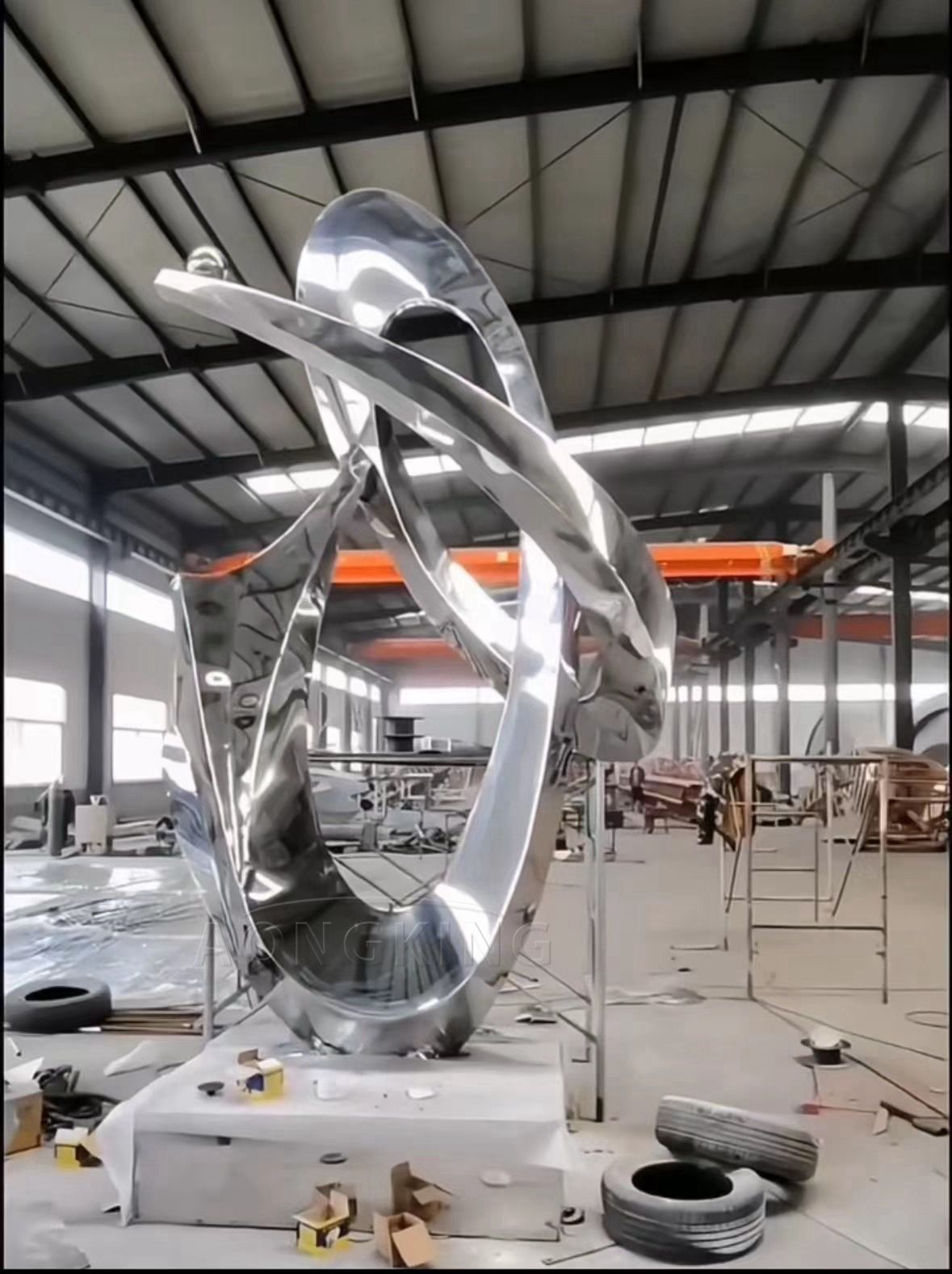
Plate stainless steel Academic Sculpture
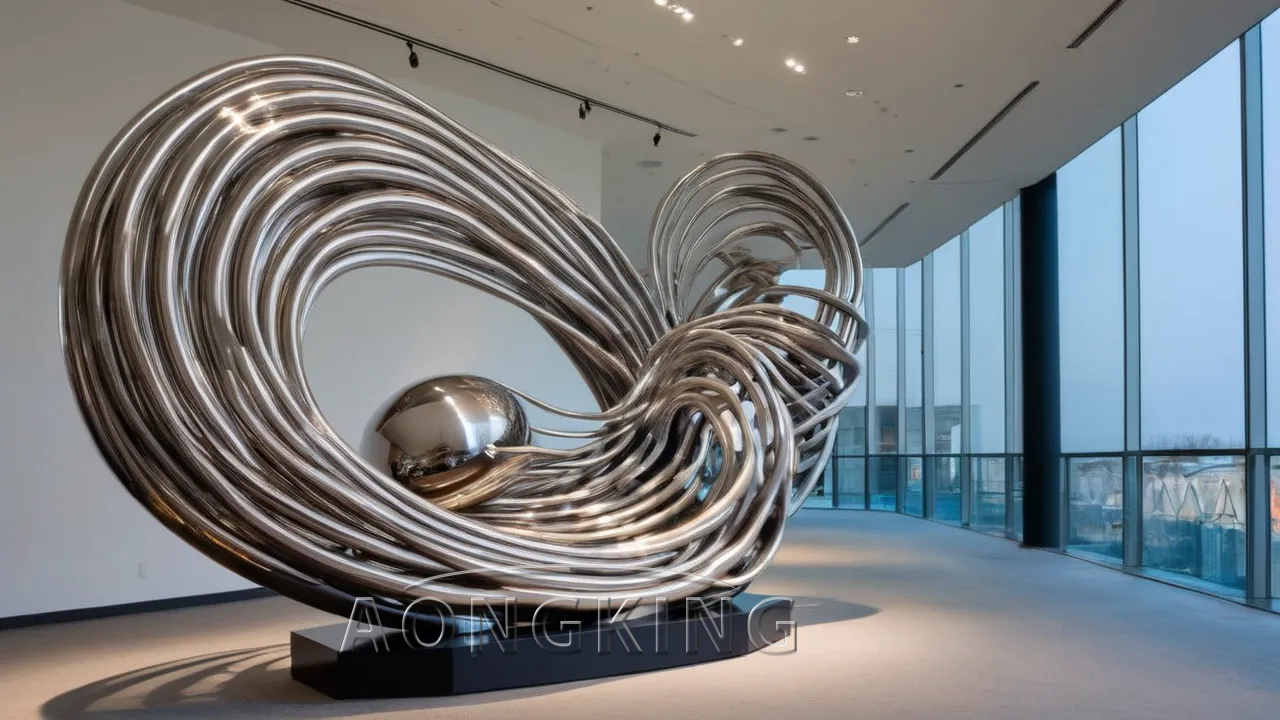
Coils artwork gallery steel art design
1, The specifications of good stainless steel material depend on specific applications and manufacturing standards. Stainless steel materials are typically described using a set of parameters, including:
- Materials Alloy Type: Describes the composition of stainless steel, often including key alloying elements such as chromium, nickel, molybdenum, and more. For example, 304 stainless steel(#304) and 316 stainless steel(#316/316L) are 2 common alloy types.
- Good Stainless Steel Material Grade: Stainless steel usually comes in different grades, indicating its quality and performance. For instance, 201, 304 and 316 stainless steel represent different grades.
- Material Shape: Stainless steel can be supplied in various shapes, including sheets( generally use stainless steel sculptures), coils, pipes, bars, wires, and more.
- Material Dimensions: Stainless steel’s specification typically includes specific dimensions such as thickness(2mm,3mm…), width, length, diameter, and so on. (generally use size:1220×2440 mm).
- Material Surface Finish: Sometimes, specifications also include details about the surface finish or smoothness of the good stainless steel material, such as 2B, mirror polish finish(use polish surface stainless steel sculpture), brush finish(use paint/chroming surface stainless steel sculpture), and others.
2, The thickness of good stainless steel material can vary according to specific applications and requirements. Common thickness ranges for stainless steel sheets typically span from very thin measurements in micrometers to several millimeters, depending on the intended use. Here are some common thickness ranges for stainless steel sheets and coils:
- Thin Stainless Steel Sheet: Typically, the thickness of thin stainless steel sheets falls within the range of 0.2 millimeters (200 micrometers) to 3 millimeters. This type of stainless steel is often used in electronic devices, kitchen utensils, and decorative materials.
- Medium Stainless Steel Sheet: Medium stainless steel sheet thickness ranges usually lie between 3 millimeters and 6 millimeters. These good stainless steel materials can be used in building structures, manufacturing, and general engineering applications.
- Thick Stainless Steel Sheet: Thick stainless steel sheets generally have a thickness exceeding 6 millimeters and can extend to several tens of millimeters. This type of stainless steel is typically used in heavy-duty structures, shipbuilding, chemical equipment, and high-temperature applications.
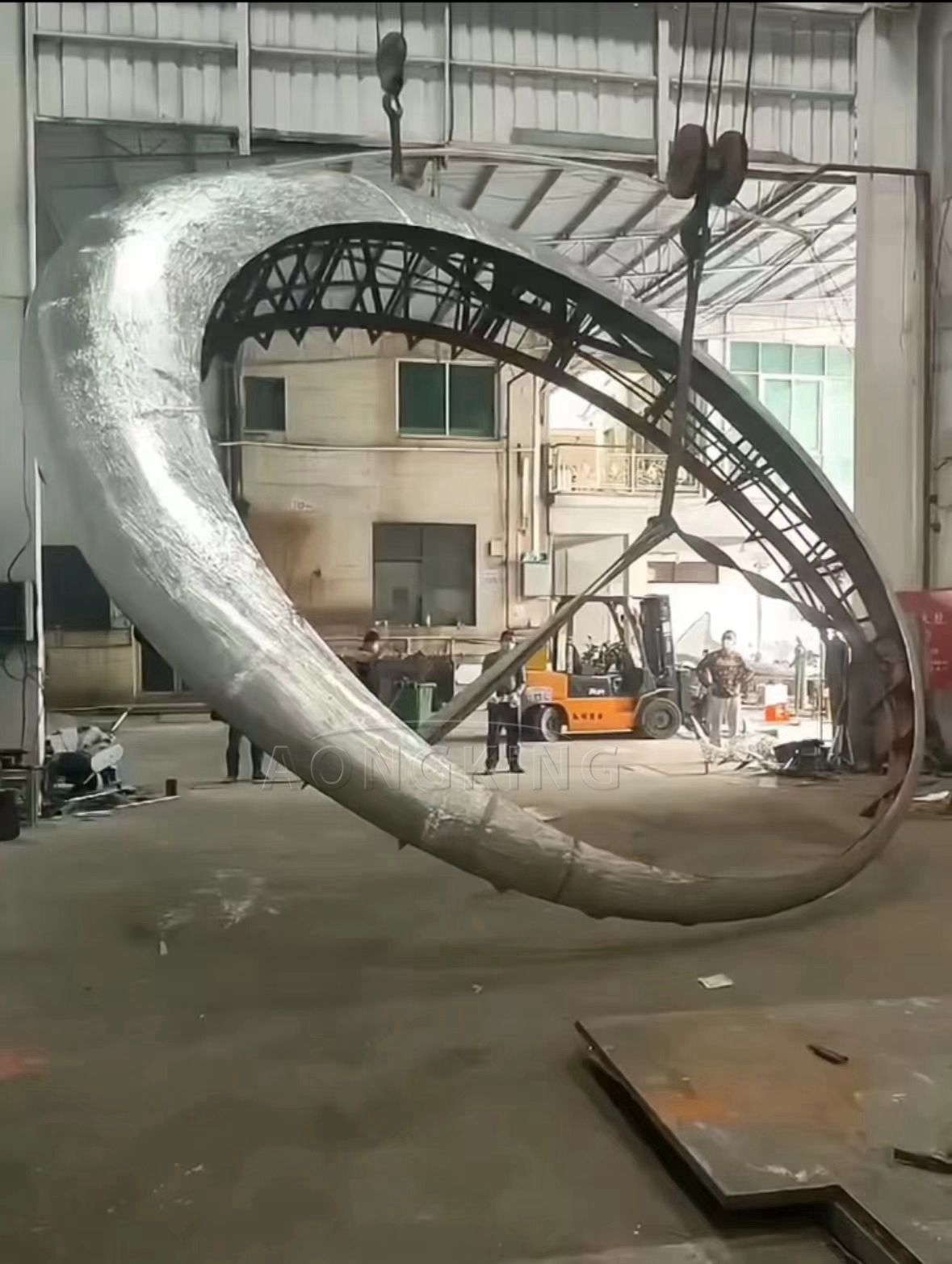
These are just some common thickness range examples. Stainless steel can be customized to meet specific stainless steel sculpture project requirements, and different thickness requirements may apply in special applications. When selecting good stainless steel material, Aongking is essential to determine the required thickness based on specific needs and standards.


